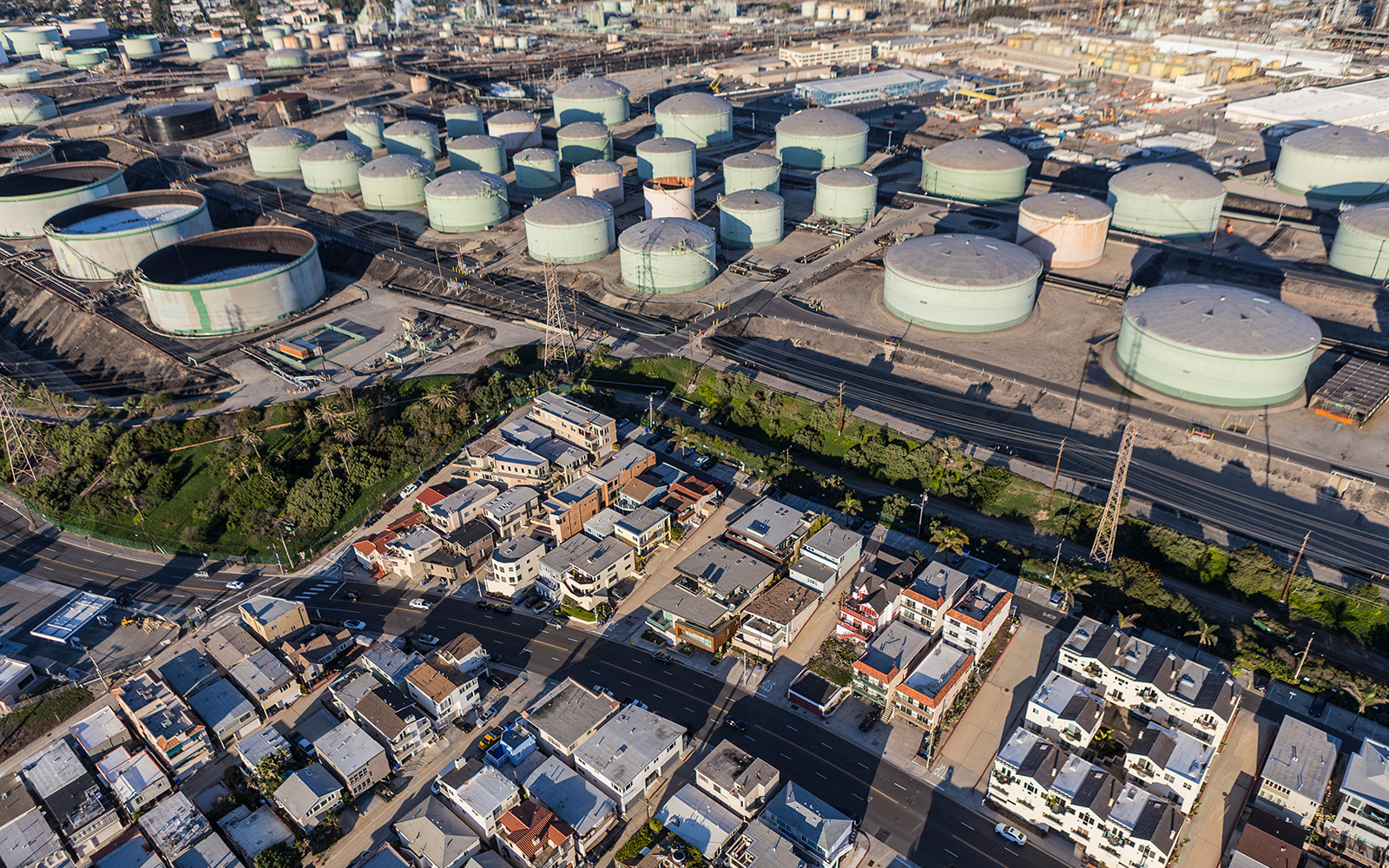Environmental Justice at the Fenceline: Reducing Toxic Air Pollutants at Petroleum Refineries

Project Brief
The Challenge
Many low-income communities and communities of color are located near petroleum refineries and storage tanks. This puts residents at disproportionate risk of being exposed to toxic air emissions, some of which can cause cancer. To assess the health risk of these exposures to local communities, it’s important to monitor air pollutant levels at the “fenceline”—the area immediately surrounding a refinery—and to take action to reduce excessive emissions.
ERG's Solution
ERG is helping the U.S. Environmental Protection Agency reduce community exposure to refinery emissions in several ways. First, our air specialists worked with EPA to develop a new and significantly less expensive method for continuously collecting samples of benzene, the primary carcinogen emitted by refineries. Since then, EPA has required refineries to monitor their fenceline benzene levels using this method. ERG enforcement personnel now track refinery monitoring reports to identify facilities whose fenceline levels exceed key regulatory thresholds, while ERG’s public health specialists assess risks to neighboring communities. We also inspect those facilities to determine why emissions are high and identify ways to reduce them. By combining our skills in methods development, refinery engineering, public health assessment, and air pollution control, ERG is helping EPA reduce health risks to local communities from petroleum refinery emissions.
Client
U.S. Environmental Protection Agency